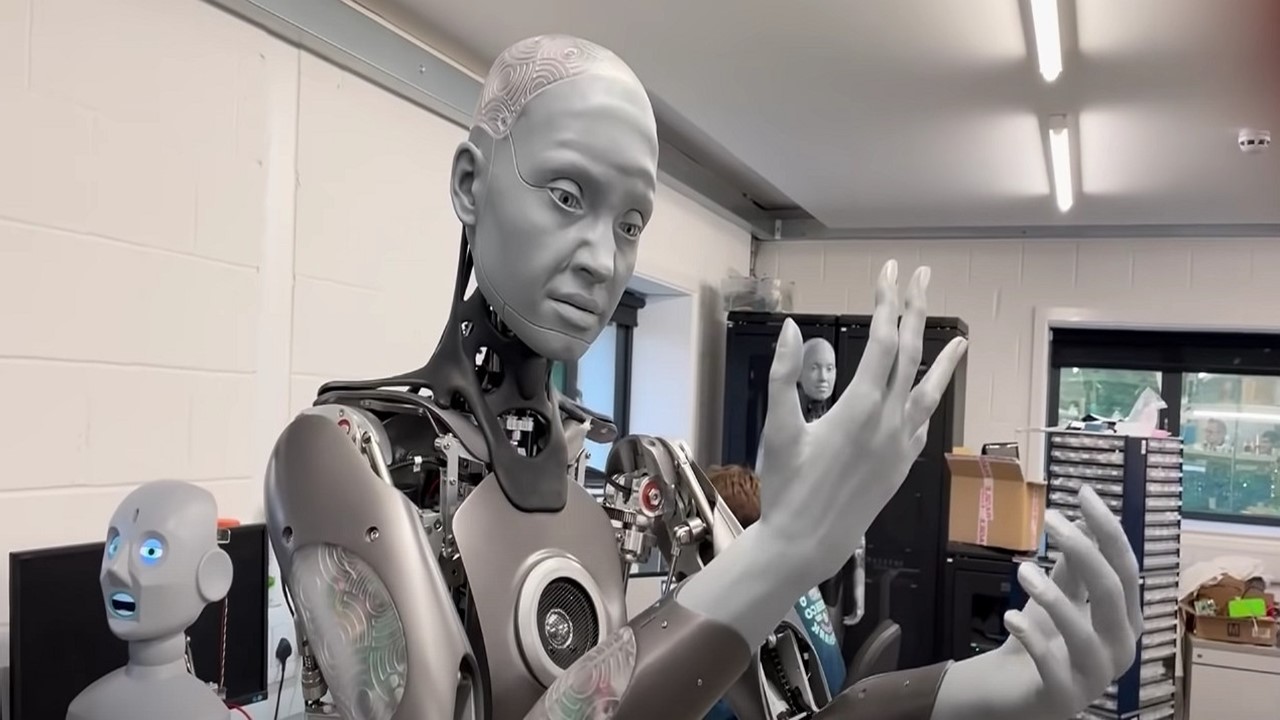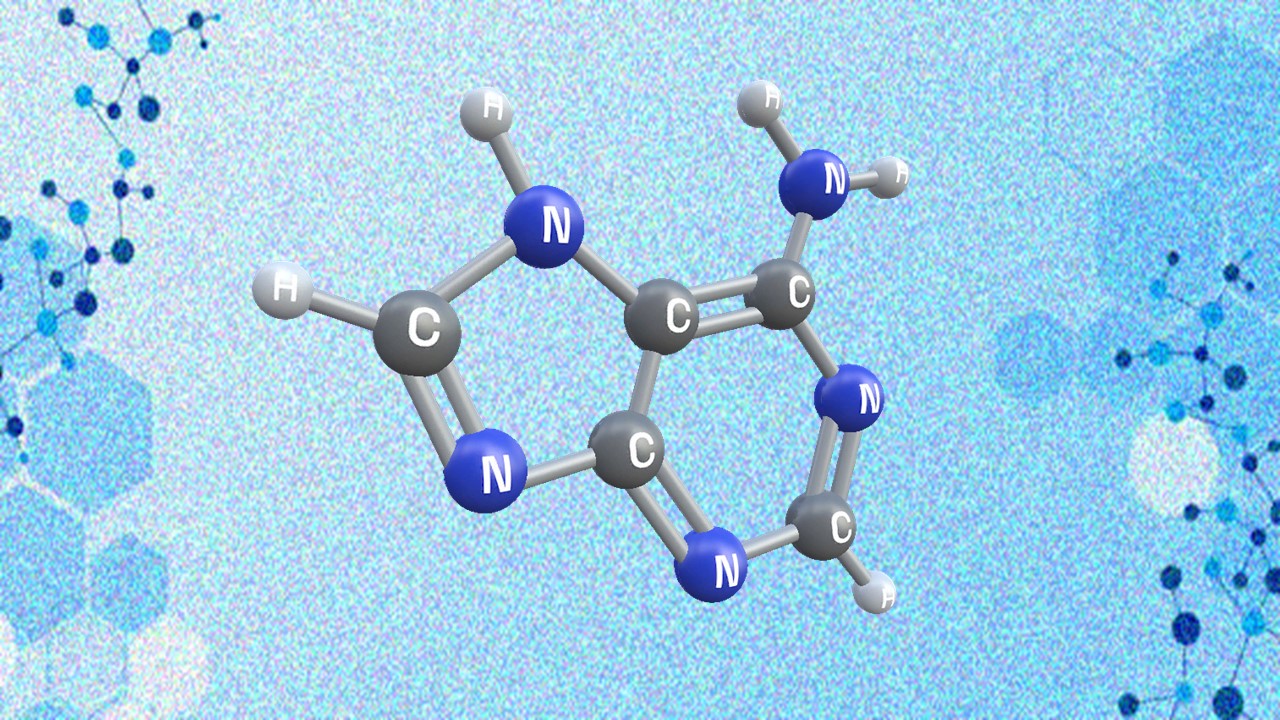In the realm of modern pharmaceutical research, the quest for novel therapeutic agents has traditionally been a protracted and resource-intensive journey. However, a paradigm shift has occurred with the advent of data-driven approaches and machine-learning techniques, which are revolutionizing drug discovery and development. One particularly promising facet of this revolution is drug repurposing (DR), a strategic approach that seeks to unearth new therapeutic applications for existing drugs. This article delves into a recent study that harnesses the power of unsupervised Machine Learning (ML) and Structure-Activity Relationship (SAR) predictions to identify potential repurposable drugs and their newfound therapeutic indications, shedding light on the profound impact of data-driven approaches in pharmaceutical science.
The Imperative of Drug Repurposing
Drug repurposing, also known as drug repositioning, has emerged as a compelling alternative to traditional drug development for several compelling reasons. Conventional drug development is notorious for its exorbitant costs, prolonged timelines, and high rates of failure. In contrast, DR leverages the extensive knowledge derived from approved drugs, expediting the identification of new therapeutic possibilities. This approach has proven particularly invaluable in the context of rare and neglected diseases, where treatment options are limited. Furthermore, DR has come to the fore in addressing the challenges posed by infectious diseases, such as tuberculosis and HIV, grappling with issues of multi-drug resistance.
Recent years have witnessed DR extending its reach to non-communicable diseases, encompassing cancer, neurological disorders, inflammatory bowel disease, and cardiovascular ailments. The versatility of DR is exemplified by its adaptability to both experimental and computational methodologies. Experimental approaches involve proteomics techniques and high-throughput screenings, while computational strategies draw from gene-target-disease associations and structural analyses of existing drugs.
Data-Driven Drug Repurposing: A Synergistic Approach
In the 21st century, pharmaceutical science is indisputably intertwined with data-driven approaches and experimental methods, reflecting the shift towards a more holistic and efficient drug discovery process. The synergistic marriage of these two realms holds the promise of yielding groundbreaking therapeutic solutions. A pivotal facet of data-driven DR is its reliance on the structural attributes of drug molecules, harnessing the wealth of information available in drug databases.
Databases like DrugBank, DrugCentral, PubChem, and others provide comprehensive profiles of approved drugs, encompassing their physicochemical and pharmacological properties. These repositories serve as veritable treasure troves of data, enabling researchers to explore the vast landscape of existing drugs with a discerning eye.
Unleashing the Power of Unsupervised Machine Learning
The recent study under examination employs unsupervised Machine Learning techniques, with Principal Component Analysis (PCA) taking the lead. PCA, applied to the two-dimensional molecular descriptors of a dataset comprising 1671 approved drugs, plays a pivotal role in elucidating the structural nuances that underlie these pharmaceutical agents. The outcome of PCA—represented as the first five Principal Components (PC)—serves as the foundation for the subsequent k-means clustering.
Clustering for Insightful Patterns
K-means clustering, a widely used algorithm in machine learning, transforms the dataset into nine distinct clusters, each housing drugs with similar structural features. What sets this analysis apart is the revelation that these structurally akin drugs may not necessarily share similar therapeutic indications. This intriguing finding fuels the hypothesis that drugs within the same cluster, although therapeutically distinct, could be repurposed for the native indications of their cluster-mates. This hypothesis gains further credence when considering that some of these drugs not only exhibit common substructures but also bind to the same therapeutic targets, suggesting a shared mechanism of action.
Predicted Biological Activities: A Window into Repurposable Drugs
Central to this study is the systematic analysis of predicted biological activities using the Predicted Activities Spectra of Substances (PASS) tool. This tool serves as a predictive compass, offering insights into the potential therapeutic efficacy of these drugs. The analysis, driven by PASS predictions, identifies 66 drugs that are structurally similar yet divergent in their therapeutic uses. These drugs emerge as prime candidates for repurposing, offering hope for novel indications.
A Multifaceted Approach to Drug Repositioning
In summation, this study presents an integrated approach to drug repurposing, uniting unsupervised ML techniques with SAR analysis. The result is a rich tapestry of insights, unveiling new therapeutic possibilities for approved drugs. Through descriptor-level analysis, clustering patterns, and the power of predictive modeling, this research transcends conventional drug discovery, heralding a new era of data-driven innovation in pharmaceutical science. As we venture further into the boundless realm of data-driven drug repurposing, the promise of uncovering transformative therapeutic solutions continues to beckon.
Study DOI: doi.org/10.1016/j.compbiomed.2021.104856
Engr. Dex Marco Tiu Guibelondo, B.Sc. Pharm, R.Ph., B.Sc. CpE
Subscribe
to get our
LATEST NEWS
Related Posts

AI, Data & Technology
The Power of Unsupervised Learning in Healthcare
In healthcare’s dynamic landscape, the pursuit of deeper insights and precision interventions is paramount, where unsupervised learning emerges as a potent tool for revealing hidden data structures.

AI, Data & Technology
Unlocking Intelligence: A Journey through Machine Learning
ML stands as a cornerstone of technological advancement, permeating various facets of our daily lives.
Read More Articles
Synthetic Chemistry’s Potential in Deciphering Antimicrobial Peptides
The saga of antimicrobial peptides unfolds as a testament to scientific ingenuity and therapeutic resilience.
Appreciating the Therapeutic Versatility of the Adenine Scaffold: From Biological Signaling to Disease Treatment
Researchers are utilizing adenine analogs to create potent inhibitors and agonists, targeting vital cellular pathways from cancer to infectious diseases.












